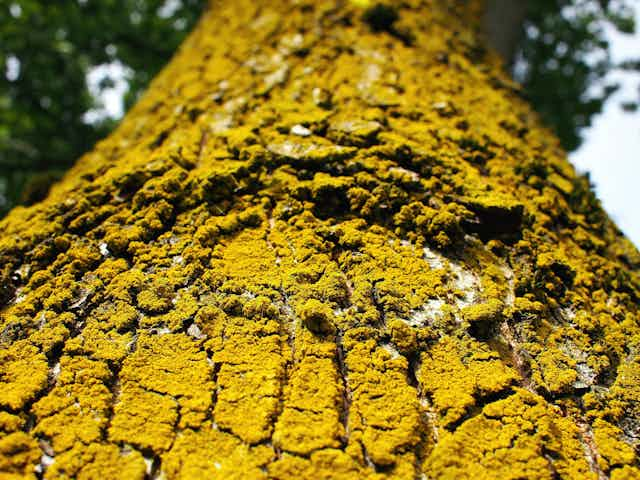Taxol is a chemotherapy drug used in the treatment of specific human cancers. It is a member of the taxane family of drugs, which includes cabazitaxel and docetaxel.
The drug is also sold under its generic name of paclitaxel (pronounced pack-lee-tax-elle). Taxol is available by prescription only and is administered via an intravenous injection in a hospital setting. The dose each patient is administered is calculated taking into account their underlying health, height and weight.

History
Arthur Barclay was a botanist working for the US Department of Agriculture in the 1960s. Under contract to the US National Cancer Institute, Barclay collected samples of plants to find new drugs.
The National Cancer Institute screened 35,000 plants. One particular sample Barclay collected, the bark of the Pacific Yew tree, went on to provide what is now one of the most highly prescribed chemotherapy drugs for cancer.
Taxol, which is a chemical extracted from the bark, was selected for commercial development in 1977 and was first tested in patients in 1984. It was approved for use by the US Food and Drug administration in 1992 and by 2000 had annual sales of A$2.1 billion per year.
The drug’s name is derived from the Latin term for the tree, Taxus brevifolia.
How it works
Every cell in the body has long rod-like structures, which scientists call microtubules. These microtubules have several functions, one of which is to act like a type of skeleton structure that helps give cells their shape.
When cells replicate, they break down this skeleton, divide into two cells, then rebuild it. Taxol acts by promoting the formation of these microtubules, which means they get in the way when the cells try to divide.
Preventing cells from replicating sends them into a process of programmed cell death called apoptosis, which kills the tumour.
Who is administered Taxol?
Taxol is used in combination with other chemotherapy drugs and surgery. In Australia, it is used to treat ovarian, breast, cervical, endometrial and non-small cell lung cancers.
It is also used to treat AIDS-related Kaposi’s sarcoma, a rare type of cancer that develops as tumours on the skin and inside the mouth.
Problems with the drug
The biggest problem of Taxol is its poor solubility in water. Water solubility is important because a drug must be fully dissolved to be safe for injection. Any solid particles in an intravenous injection can lead to blood clots and inflammation of the veins.
Because of this, Taxol is typically dissolved in alcohol with the addition of a soap-like chemical called polyoxyethylated 35 castor oil (also referred to as Chremophor EL).
A new formulation of protein-bound Taxol called abraxane is available in Australia. In this formulation, Taxol is combined with albumin, the most abundant protein in human blood serum. Binding the drug to the protein makes it take on the albumin’s solubility, and it can then be administered to patients in water-based formulations.
Controversy
The Pacific Yew tree grows only in the northwest region of America. It is slow growing and found only in old-growth forests.
In the early days of the drug’s development, the bark was obtained from the tree by logging, which killed the trees. This meant supply of the drug was limited and the process was nonrenewable and not environmentally friendly. At least one kilogram of bark was required to produce just 10 grams of drug.
Thankfully, while the drug cannot yet be completely synthesised in a factory, chemists have developed ways to produce it using precursor chemicals found in the needles of a related tree, Taxus baccata.
They can also manufacture the drug by culturing plant cells. This latter process is renewable and can produce up to 50 grams of drug per kilogram of plant material.
Side effects
Like all chemotherapy drugs, Taxol has some common side effects, which many patients experience. These include the production of fewer blood cells, which can make patients anaemic and susceptible to infections; nausea; vomiting; diarrhoea; hair loss; muscle and joint pain; nerve problems, which include weakness, tingling, pain or numbness in the hands or feet; and changes in heart rate and blood pressure.
These side effects can be managed by giving the patient additional medicines or by adjusting the dose of the drug.
Taxol also has another side effect that can be life-threatening. Some patients experience a severe allergic reaction the first time they are given the drug. This is due to the Chremophor EL included in the formulation.
In these cases, the doctor may give the patient a different taxane drug, use albumin-bound Taxol instead, or develop a plan to desensitise the patient to Taxol.
Cost
Whether a patient is charged for this drug depends on how the hospital classifies them. Anyone classified as a public in-patient will be not be charged for Taxol as its cost will be covered under Medicare.
Anyone classified as a public out-patient will be charged at a maximum rate of A$38.30 per treatment.
Under a special arrangement, the price the government pays for the albumin-bound formulation of Taxol depends on the type of cancer it is being used to treat and costs between A$1,287 to A$2,562 for 275 mg of the drug.
In contrast, the normal Taxol formulation is much cheaper, although less safe, for the government at A$222.90 for 450 mg of the drug.
Information provided in this article is based primarily on the Australian Medicines Handbook 2016. If you would like more information, the patient information sheet on Taxol is available here.

